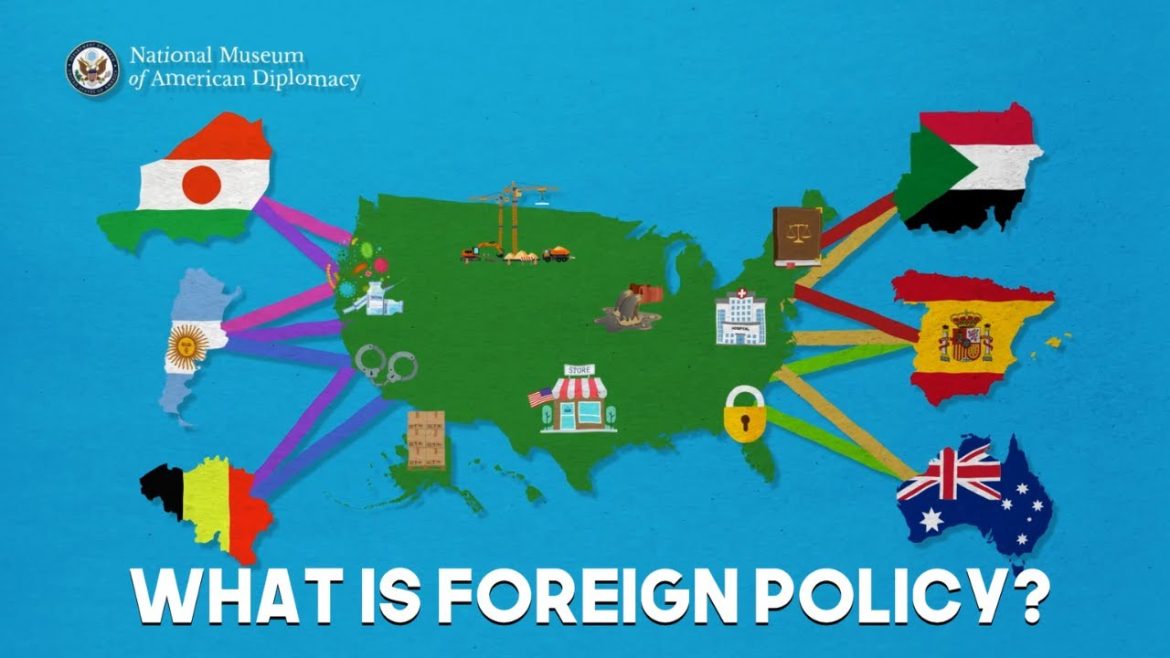
After securing the presidency of Japan’s ruling Liberal Democratic Party, Sanae Takaichi stands poised to become the nation’s first female prime minister.
Takaichi, a staunch conservative and close associate of the late Shinzo Abe, stated on Saturday that she would “work tirelessly” to transform “the public’s concerns regarding their everyday lives and future into optimism.”
Her ascent occurs amidst economic pressure domestically and strained international relations—challenging whether Japan will reaffirm the conservative, pro-Abenomics stance that characterized the previous decade.
Takaichi’s success follows Prime Minister Shigeru Ishiba’s resignation after the LDP lost its majority in both legislative chambers in 2024 and 2025, relegating it to minority governance.
This indicates that when the Diet reconvenes on Oct 15, opposition parties may theoretically obstruct Takaichi’s appointment as prime minister, though analysts suggest the likelihood of such an outcome is minimal.
Takaichi’s initial challenge is to garner the backing of at least one opposition party to create a functioning majority, as noted by research firm BMI on Monday.
Yet, opposition parties face a conundrum: forming a coalition with the LDP could enhance their sway while risking voter discontent with the ruling party.
If Takaichi reaches an agreement with the opposition, BMI indicated her administration will encounter several hurdles, such as a rising cost of living crisis, maintaining security and trade relations with U.S. President Donald Trump, along with tackling domestic issues regarding the increasing number of foreigners living in or visiting Japan.
Abenomics 2.0?
Takaichi is recognized as a supporter of “Abenomics,” the economic framework established by Shinzo Abe, which advocated for loose monetary policy, government spending, and structural reforms.
She had earlier critiqued the Bank of Japan’s strategy to increase interest rates, which BOJ Governor Kazuo Ueda had previously announced on Friday that the central bank would set rates “without any preconceived notions.”
The BOJ terminated its negative interest rate policy in March 2024 and most recently maintained rates at 0.5%.
“We can anticipate that she won’t reduce inflation, as doubling down on past Abenomics suggests a significantly weakened yen, which would lead to increased government expenditures, arguably resulting in heightened inflation,” stated William Pesek, author of Japanization: What the World Can Learn from Japan’s Lost Decades.
The LDP selected Takaichi believing she was the most suitable person to engage with U.S. President Donald Trump, Pesek, a veteran observer of Asia, remarked during an interview on CNBC’s “Squawk Box Asia.”
“She was likely the best candidate to confront Trump during this extremely tense period between him and the global community,” Pesek noted.
Last week, Takaichi reportedly voiced reservations about the U.S.-Japan trade agreement, stating on a Fuji TV program that a “revision” of the agreement was a possibility, alluding to Japan’s $550 billion investment commitment.

While Citi analysts have projected a near-term rally high of around 47,000 for the Nikkei 225, they cautioned that Japanese stocks are not undervalued, with the Topix 12-month forward price-to-earnings ratio nearing a historic peak of 16 times.
Analysts foresee consumer, defense, and export-sensitive stocks gaining under a Takaichi administration, while financial and real estate stocks might encounter challenges.
Wild cards
Takaichi has advocated for a firm stance against China and supports revising Japan’s pacifist constitution, particularly Article 9, which renounced Japan’s right to engage in warfare.
The former economic security minister is also perceived as supportive of Taiwan, which may aggravate Beijing. Taiwan President Lai Ching-te characterized Takaichi as a “staunch friend of Taiwan” in a post in Japanese on X Saturday, expressing hope that the two parties “can elevate Taiwan-Japan relations to a new height.”
Her prior visits to the disputed Yasukuni Shrine, which commemorates Japan’s wartime casualties, including war criminals, have faced backlash from China and South Korea, who view the site as an emblem of Japan’s wartime aggression.
Takaichi will be “extremely cautious” in how she expresses her opinions, especially concerning foreign policy,” Kei Okamura, Managing Director and Portfolio Manager at Neuberger Berman, told CNBC.
“Her perspectives on China and Korea have been well-documented. However, she is also aware of the necessity to uphold strong relations with all these nations, especially the United States, given their significant influence on Japan’s primary export markets.”
He emphasized that Takaichi has not renounced her strong nationalist convictions. “This is something we will closely monitor, particularly in the initial and potentially second year of this administration.”

